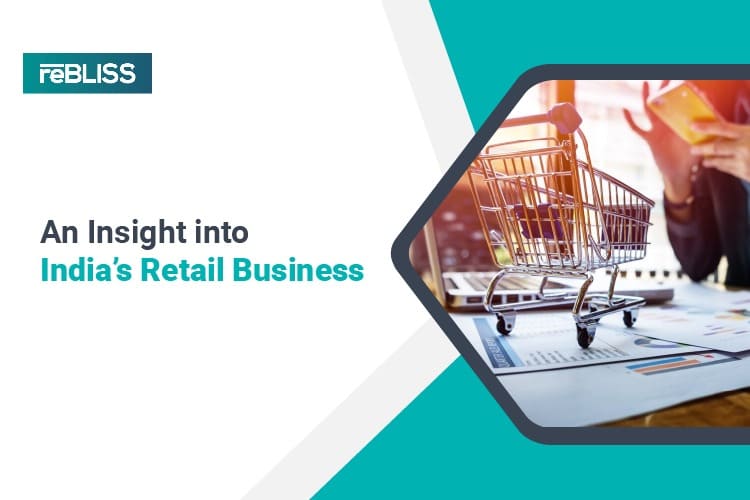





In India, the Fast-Moving Consumer Goods (FMCG) market is at its peak. The market size of FMCG reached US$ 307.2 billion in 2022 and is expected to grow to US$ 547.3 billion by 2028. So, the expected growth rate between 2022 to 2028 is 9.5%. Currently, FMCG is a well-established market and helps customers by providing them with reliable services. Several young entrepreneurs are putting their feet in the FMCG market. They love to interact with the customers regarding the product, and it comes as a great FMCG business model. In this business model, companies directly interact with the consumers by cutting out the retail and charging at wholesale rates. With that, FMCG players also get opportunities to maintain their position in the market. Different categories are discovered with the help of business models. With this, you as a FMCG business can understand that the FMCG industry possesses several kinds of business models and encourages innovative ideas. In this article, you are going to explore different business models and how these help grow the FMCG businesses.
FMCG Business Model
Let’s dig deep into the FMCG market and learn more about the business models.
Premium Service Model
With the help of a premium service model, FMCG businesses offer great customer service. The model consists of a premium fee that customers have to pay when they sign up. It provides several benefits and encourages customers to sign up. With business insights, the retailers gain incremental growth that targets the customers constantly and conduct functioning modifications to them. This model also ensures customer loyalty, enhances sales and has the average basket size.
Differentiator Service Model
This business model provides mind-blowing benefits to the customers and also allows buying at the same time again. It also boosts the purchasing tendency as it gives rewards to the customers. With the help of differentiator business models, FMCG businesses can bring good customer loyalty and enhance their basket size as customers can buy the same items again and again. FMCG businesses also get access to the minute customer’s data including history, contact details, email and more.
Return on Advantage Model
This business model is also named the competitive advantage model. The main aim of this business model is to bring insights into the growth of new products by incorporating internal transactional data with third-party data. For better customer segmentation, this business model also uses the experience between the online and offline platforms. To enhance the business capabilities, the return on advantage model is targeting customer segmentation. With this, companies can target their customers by identifying and collecting their purchasing patterns.
FMCG Market Strategies That Complement Business Models
Multiple Branding
Multiple branding is the most pivotal technique that helps hold potential customers and strong market positions. In multiple branding, the FMCG business creates competition between the same brand product categories.
Product Line Building
With product line building, the FMCG business understands customer choices and makes products. To fill the different needs of customers, businesses make the same products and sell them accordingly. As the target audience for each product is different, there is no specific competition between them.
Large Distribution Network
A very crucial point that helps the FMCG business is its large distribution network. Companies need to have a wide distribution network in the areas they are working. This helps them reach each corner to provide the service to their customers.
Generate New Products
In the competitive environment, FMCG businesses need to play smart for more sales. This can be done by generating new products and removing the old inconsistent ones. With this, they maintain the competition and improve its revenue. Under this strategy, companies need to do more research on their old products and identify how they modify them for better sales. Once they manufacture the product as per the customer's need, they replace it with the old ones.
Flanking
It's also a strategy that is grabbing the attention of many FMCG business owners. In this, FMCG businesses need to sell the same products in different volumes and packaging. This makes customers buy the product with the same brand as per their needs. Using this, businesses give good options to the customers to buy their needed products.
Conclusion
These are some business models FMCG businesses can adopt to boost their growth in the competitive market. However, in the FMCG landscape where customer choices can evolve fast, making changes to the business models should be the top priority of businesses. If we introspect more, we will find the success of these models would depend on how efficient the workforce FMCG companies will have at their disposal. To ensure businesses continue to churn profits and gain customers’ confidence season after season, they can contact reBLISS - a work platform that connects FMCG and other business enterprises with skilled professionals for a variety of tasks.